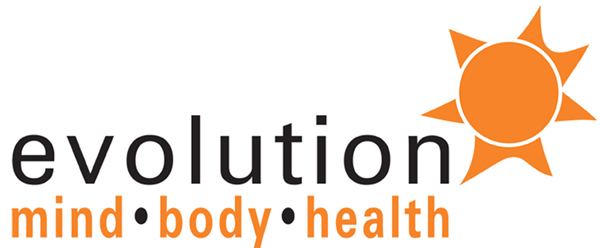
Cardio or weights?
If you ask me a question about your fitness routine you might have heard my standard answer, “it depends.” That is the best I can do without more information. Do you exercise for your health or are you training for a specific event? Do you do only what you like and the results are irrelevant? Are you trying to maximize your health? How much time do you have? Where do you exercise? What do you like to do? How motivated are you?
Are you a social exerciser? Do you like to jump on all the latest fitness fads? Are you stuck in a rut? Have you been doing the same thing for the last 10 years?
There are so many variables.
But here are two things you might want to consider if you want to maintain your muscle as you age. Every day you don’t do strength (or more precisely, resistance) training you lose muscle mass.
Muscle is crucial for your long-term health. The other consideration is that if you want to lose fat and gain muscle, strength training beats cardiovascular exercise, but the two combined with a healthy eating plan is the real winner.
Research recently published in the journal Obesity studied 249 adults for 18 months. The adults were overweight or obese, over 60 and were either put in a calorie-restricted diet group, a diet and resistance training group or a diet and cardiovascular exercise group. The resistance training group used weight machines, the cardiovascular training group consisted of walking only, because it is the most popular form of cardiovascular exercise.
The results
Total fat loss was greatest in the diet plus resistance training group.
About 17 pounds versus 10 pounds for the diet-only group and 16 pounds for the diet and walking group. This may not sound like a big difference between the resistance training group and the cardiovascular training group until you look at the details.
The walking group lost 4 pounds of muscle mass. 20% of the weight loss from the diet and cardiovascular training group was muscle mass! The resistance training group and the diet alone group only lost 2 pounds of muscle.
Loss of fat increased the walking speed of participants, while muscle loss resulted in reduced leg strength.
Loss of muscle is a big deal.
When you lose muscle as an adult it is harder to replace. Muscle keeps us young, active and independent. Preserving muscle tissue regardless of your age is critical when planning a fitness program.

How much is enough?
4.5 pounds of extra muscle may not sound like much, but if you compare it to the alternative, every day you don’t strength train you lose muscle. The people in the study also increased their strength by 20-30%. That is a significant gain.
Which is better?
It depends. If going to the gym three days a week makes it more of a habit, then 3 is better than 2. If you like to go twice, great! But, it has it be high intensity, not socializing, or simply going through the motions.
Even if you simply refuse to go to the gym doing bodyweight, strength training exercises will reduce your risk of premature death by 23% and reduces your risk of cancer death by 31%. Australian researchers studied over 80,000 participants and found that strength training is as critical for your longevity as cardiovascular exercise.
What should I do?
Start with these exercises to maximize muscle gains and stay strong.
Change your mind, change your health,
Shayla
Eat better, live better and feel better.
Do you want to be your best at any age? Tired of feeling old and tired? You can make healthy changes at any age. It is not too late to put yourself on the "to-do list". Start looking better and feeling better right now.
Sign up to start changing how you feel about your age today!

You must be logged in to post a comment.